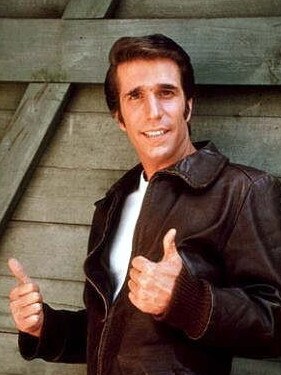
A nationwide rental crisis and the parallel demand of older Australians for income, has meant that half of those new listings are from homeowners seeking “live-in” lodgers for their spare rooms.
“It’s a strong trend and anything that encourages a breakthrough in the rental crisis would be welcome. Tax incentives in this area would help to accelerate the take-up of empty rooms,” says Claudia Conley, community manager at Flatmates (which is owned by REA, a subsidiary of News Corp).
Calls for tax breaks to encourage a solution to the rental crisis were triggered this year when a report from the Committee for Economic Development of Australia suggested the business of taking in lodgers should be actively encouraged through tax policy. CEDA made reference to the UK’s Rent a Room Scheme which lets residents earn up to £7500 ($15,462) per year tax-free by renting out fully furnished accommodation in a home.
According to CEDA a similar provision could be established in Australia, which would make it easier to rent out an extra room. Some local adjustments would need to be made, such as ensuring compatibility with the existing capital gains tax exemption on the principal place of residence.

Lodgers have been common in the past, but the entire area of shared accommodation shrank to insignificance during the Covid lockdown era. For a while lodgers were seen as a throwback linked with television shows such as The Fonz from Happy Days (who rented a room over the garage) or less successful arrangements such as knife-wielding Jennifer Jason Leigh in the movie thriller Single White Female.
“The demand for house share living has soared,” says Conley. “There are hundreds of people searching for each available room in some suburbs.” The two most intensely searched cities are Sydney and Perth.
As the demand for shared accommodation has surged, the supply side has also responded but only in moderation with an estimated 10 per cent lift in the number of rooms to rent across the market.
According to a recent survey by the OECD, there is a staggering 12 million “spare rooms” across Australia.
The return of the lodger makes perfect sense as states move to “densify” the cities and rental costs have seen double digit increases over the past year.
The Flatmates report listed five Sydney suburbs where there were a combined 1081 people looking for a room to rent and there were zero rooms available.
For homeowners who may be thinking of joining the trend of “taking in a lodger”, regulations have become considerably stricter with new rules around fire and gas and safety in homes.
According to CEDA there are triple benefits from lodger and wider shared accommodation arrangements, including:
● Easing cost-of-living pressure for struggling Australians. Bringing more housing supply into the market is paramount to reducing rapidly rising rent prices.
● Helping people live closer to where they work, reducing commute times and helping people to access better jobs, which improves productivity.
● Encouraging international students to come to Australia. Education is Australia’s fourth-largest export, worth $27bn, and these students spend money in our cities, many of which are still recovering from the pandemic.






The lodger, that singular figure from movies and novels, is back with a vengeance. New data released this week from the Flatmates group says there has been a jump of almost 40 per cent in “shared accommodation” listings since this time last year.